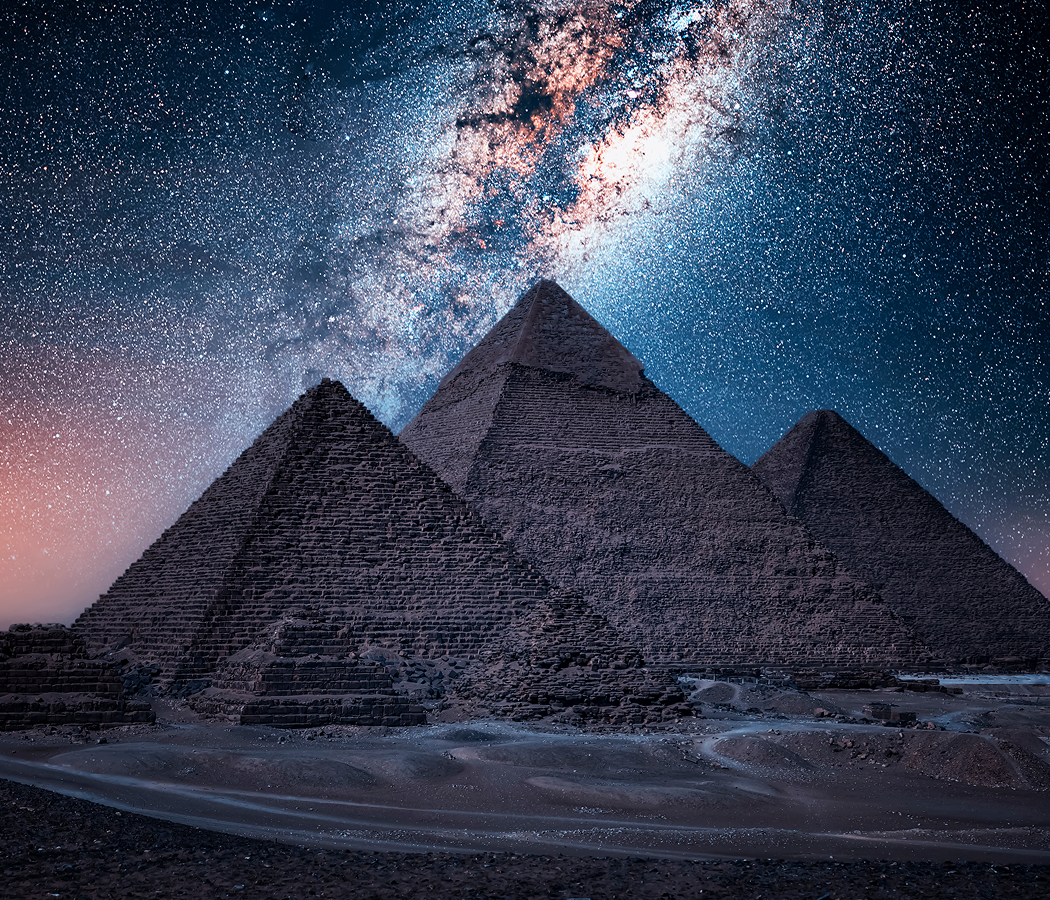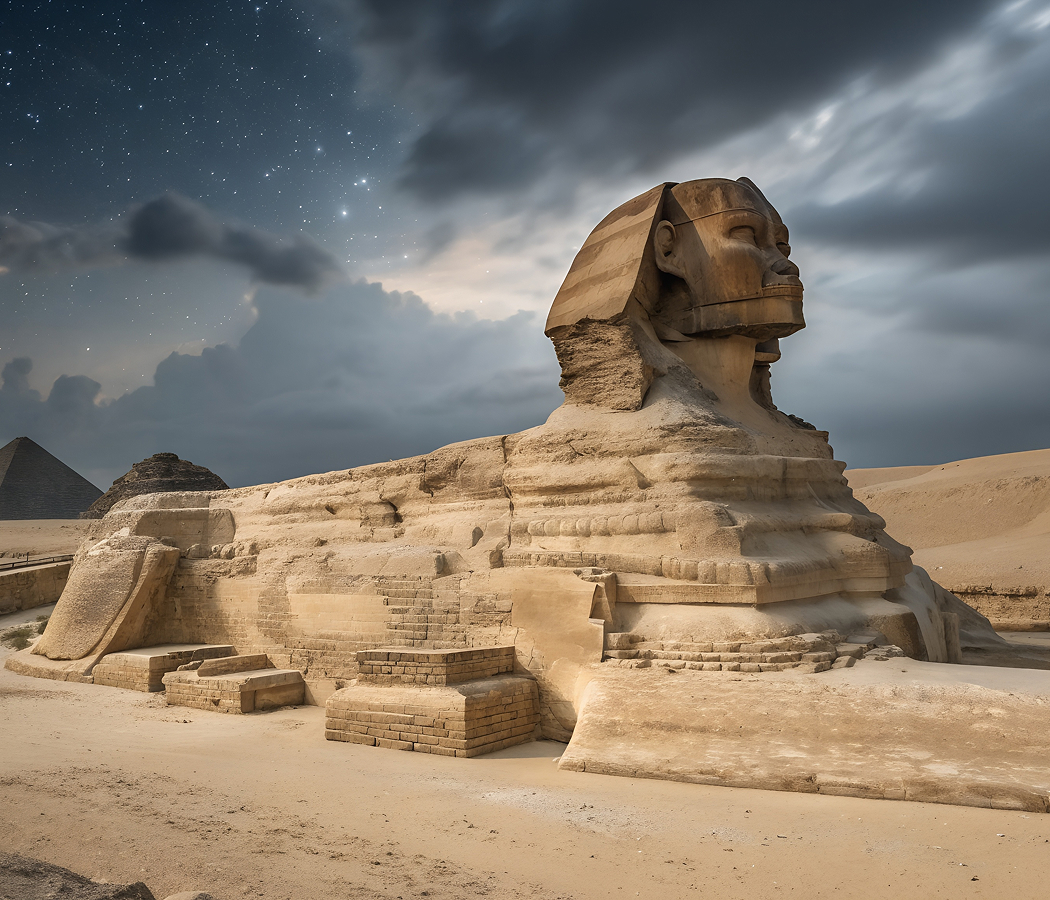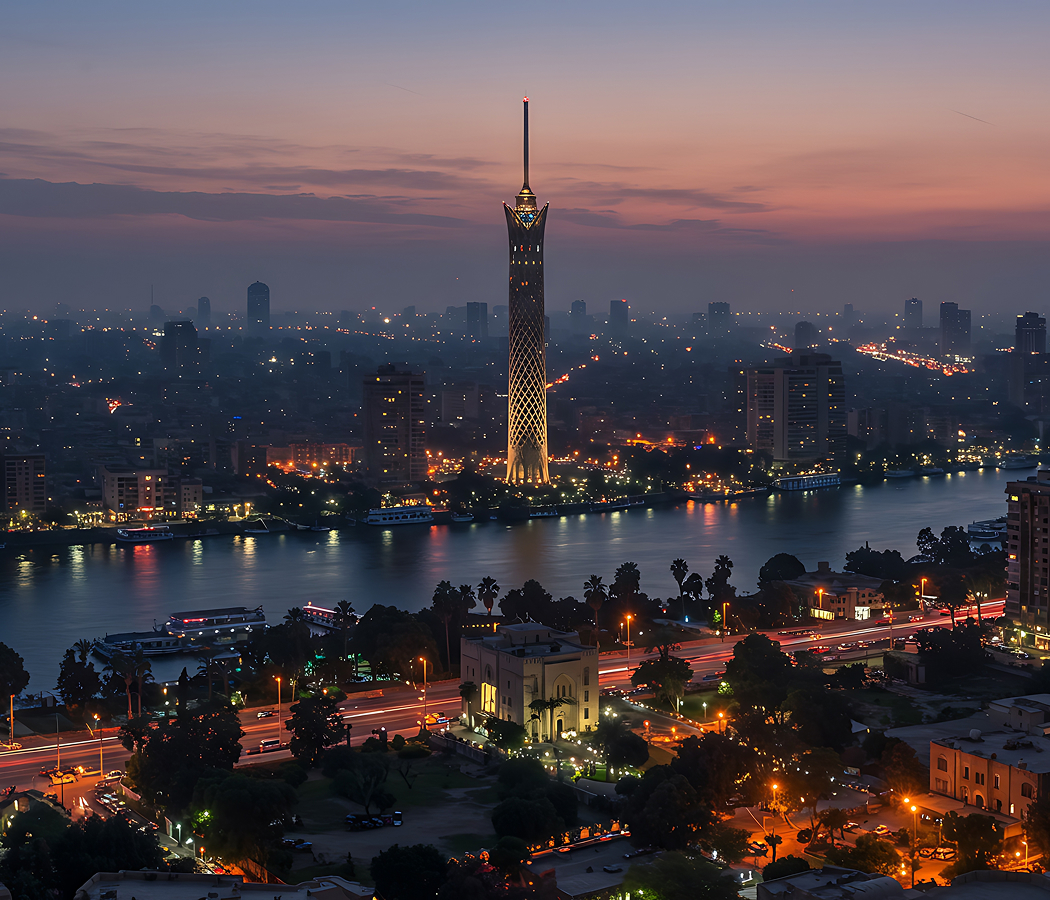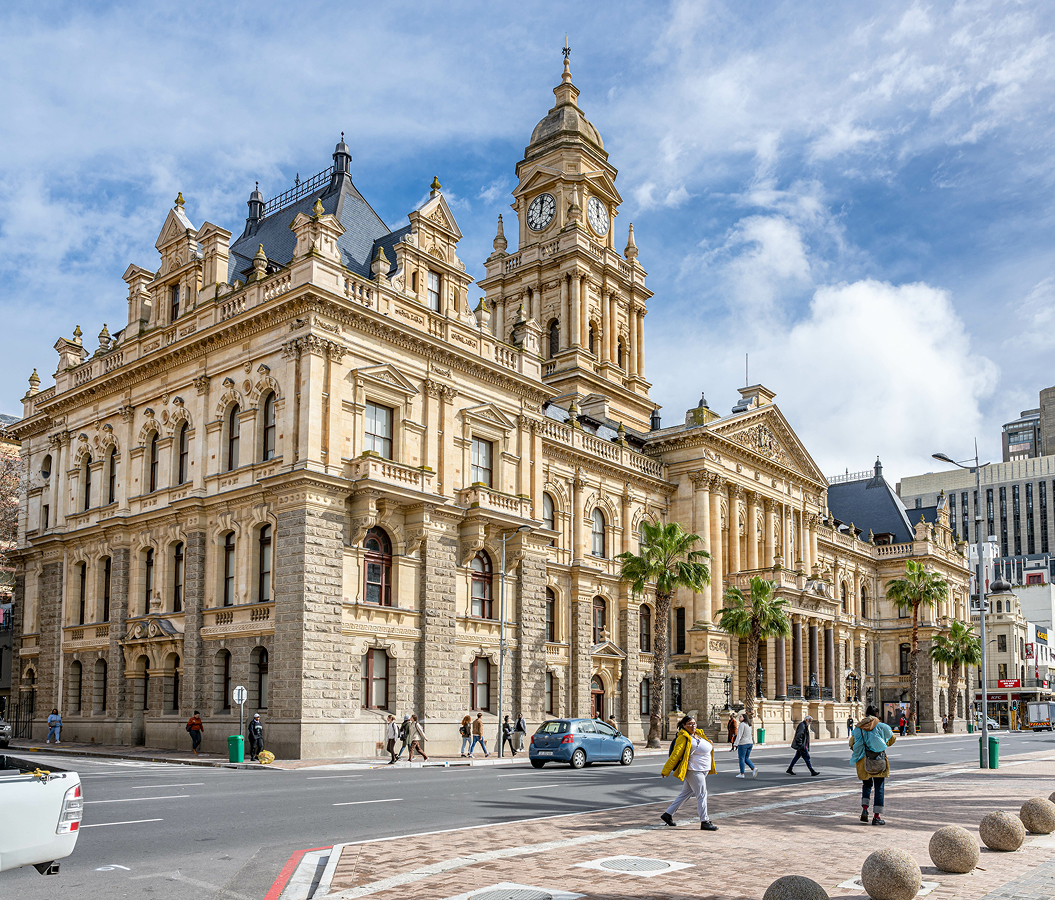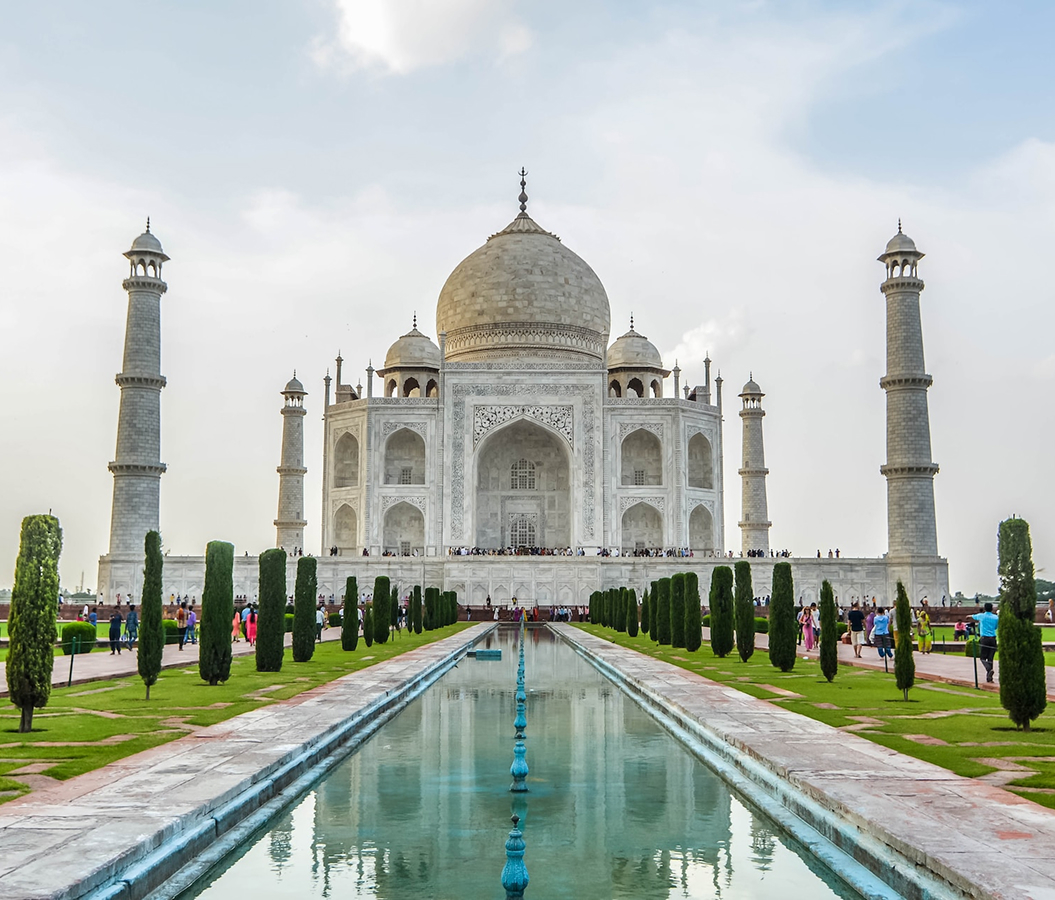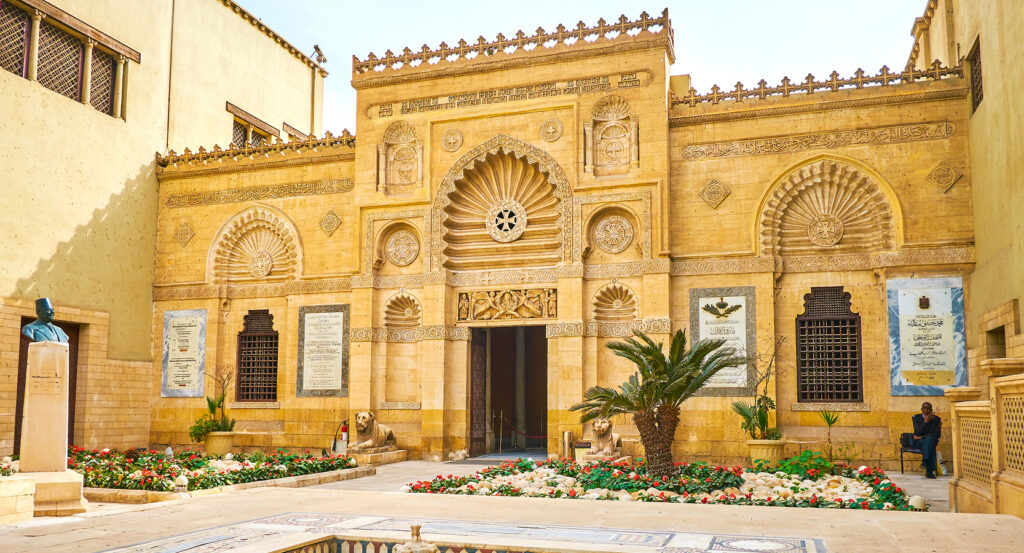
Why you should experience the Coptic Museum in Cairo.
In the historic heart of Cairo, Egypt, where the sands of time have layered pharaonic, Greco-Roman, Christian, and Islamic civilizations, the Coptic Museum stands as a bridge between worlds, a quiet guardian of Egypt’s Christian heritage and one of the most profound collections of early religious art in the world.
Tucked within the ancient walls of Coptic Cairo, near the Hanging Church and the Ben Ezra Synagogue, this museum feels like a sanctuary suspended in time. Founded in 1908 by Marcus Simaika Pasha, the Coptic Museum preserves over 16,000 artifacts that trace the story of Egypt’s Christian era, from the 3rd to the 19th centuries. Step through its arched entrance, and the chaos of modern Cairo fades behind you; inside, cool courtyards and mashrabiya-filtered light create an atmosphere of deep serenity. Every corridor unfolds like a sacred journey, from carved stone reliefs and frescoes to illuminated manuscripts and rare textiles. Iconography comes alive here: faces of saints and angels gaze out from ancient wooden panels, their expressions filled with both human tenderness and divine mystery. The building itself, constructed in traditional Egyptian style with exquisite wooden ceilings and lattice screens, feels as much a work of art as the treasures it shelters. The Coptic Museum doesn’t just display history, it radiates it, offering a spiritual stillness that transcends faith and invites quiet contemplation of humanity’s enduring search for meaning.
What you didn’t know about the Coptic Museum.
The Coptic Museum is far more than a historical archive, it’s the most comprehensive collection of Coptic Christian art in the world, revealing how Egypt’s ancient artistic traditions evolved through faith, adaptation, and resilience.
Its founding in 1908 was itself an act of devotion: Marcus Simaika Pasha, a prominent Coptic intellectual, used his own funds to safeguard Egypt’s Christian heritage at a time when many artifacts were being lost or sold abroad. His efforts gained royal approval from Khedive Abbas Hilmi II, leading to the establishment of a museum that united the artistic legacies of Egypt’s monasteries, churches, and private collections. The result is a breathtaking chronicle of a civilization that bridged the pagan and the Christian, where Greco-Roman motifs intertwined with Biblical scenes, and pharaonic symbols reemerged in new spiritual forms. The museum’s collection spans multiple media: ivory carvings, stone friezes, frescoes, metalwork, and manuscripts written in Coptic, Greek, and Arabic. Among its crown jewels are fragments from the Nag Hammadi Library, a cache of early Gnostic texts discovered in 1945 that reshaped our understanding of early Christianity. Equally striking are the vibrant tapestries and textiles woven with images of saints and ancient Egyptian symbols, proof of how seamlessly cultures merged in this unique faith tradition. The museum’s architecture, recently restored to preserve its original elegance, also mirrors this synthesis. Its latticework and geometric designs are rooted in Islamic artistry, while its courtyard arches echo Roman and Byzantine influence, a physical testament to the multicultural soul of Egyptian Christianity. Few visitors realize that the museum was among the first in the region to implement scientific conservation labs, ensuring that Egypt’s Coptic legacy will endure for generations.
How to fold the Coptic Museum into your trip.
A visit to the Coptic Museum is an unforgettable immersion into Egypt’s lesser-known spiritual narrative, a journey that deepens your understanding of the country’s identity beyond the pyramids and temples.
Plan to spend one to two hours exploring the museum’s galleries, ideally in the morning when the light is soft and the air still carries a hush. Begin in the Old Building, where early Christian stonework and wooden panels reveal the evolution of Egyptian iconography, saints with almond eyes reminiscent of pharaonic art, crosses intertwined with lotus flowers, and motifs borrowed from Greco-Roman mythology reinterpreted through faith. Move into the New Wing, where manuscripts, textiles, and relics unfold in chronological order, each gallery flowing like chapters in a sacred text. Don’t miss the Nag Hammadi display, where fragments of ancient scripture lie preserved under glass, echoes of a world once lost to the desert. Afterward, step into the central courtyard, a sunlit oasis framed by arabesque windows and intricate mashrabiya screens. From here, it’s only a short walk to the Hanging Church, Saint Sergius and Bacchus Church, and the Ben Ezra Synagogue, each offering another layer of Cairo’s spiritual tapestry. For travelers seeking more than monuments, for those yearning to feel history’s heartbeat, the Coptic Museum offers something few places can: the sense that you are standing in the crossroads of civilizations, where art became prayer, and prayer became eternal.
Hear it from the Foresyte community.
Place has chill courtyard energy. Perfect spot to catch a breath after Cairo traffic slaps you. You leave lighter, like your head finally cleared.
Where meaningful travel begins.
Start your journey with Foresyte, where the planning is part of the magic.
Discover the experiences that matter most.

